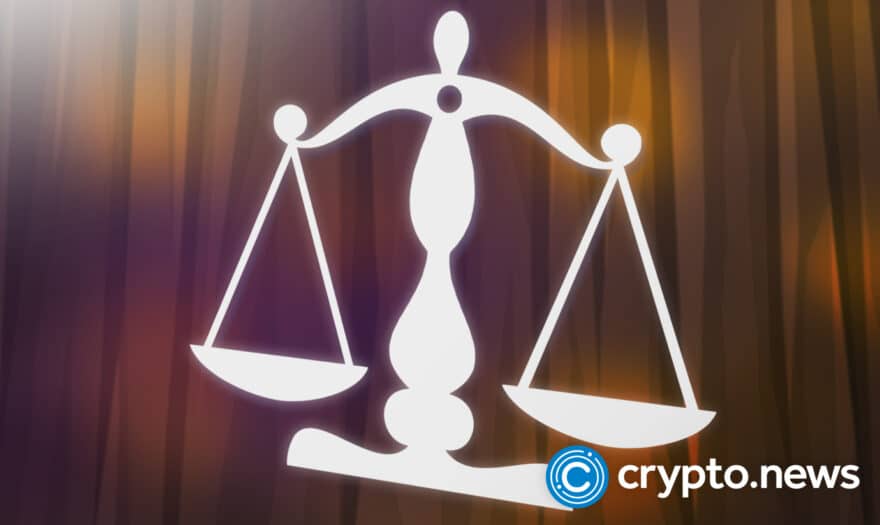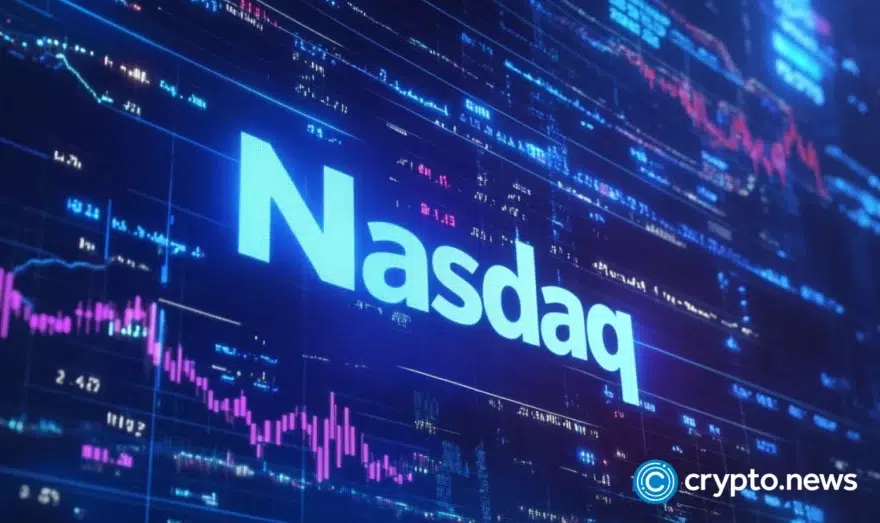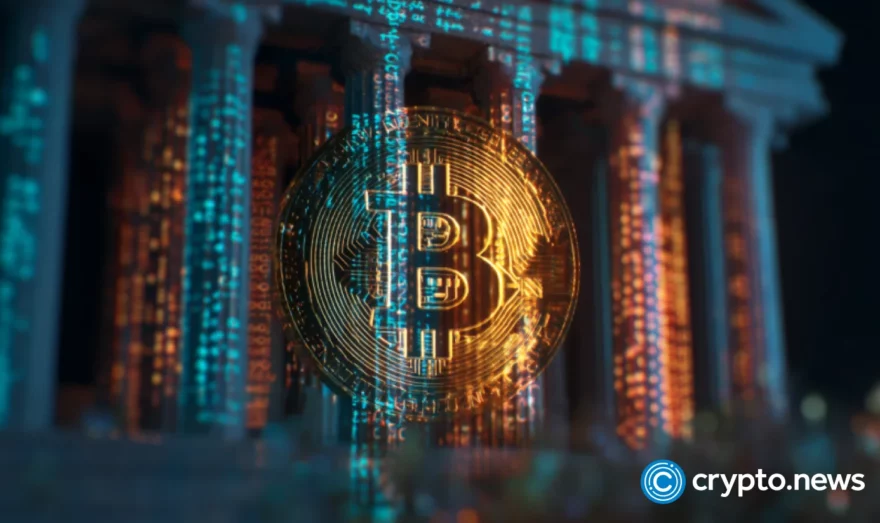The inevitable future of the global financial system is tokenization | Opinion

Disclosure: The views and opinions expressed here belong solely to the author and do not represent the views and opinions of crypto.news’ editorial.
Panelists Tim Bailey, VP of Global Business & Operations, Red Date Technology, William Quigley, a cryptocurrency and blockchain investor and co-founder of Wax and Tether, and I, Selva Ozelli, were honored to be invited to join the Eurasia Blockchain Summit with our panel discussion on the “Future of Tokenization.”
Tim Bailey indicated that while tokenization is still in its early stages, Red Date Technology is one of the co-architects of a new global digital infrastructure for digital payments and central bank digital currencies (CBDCs). So far, 134 countries and currency unions, representing 98% of global GDP, are exploring a CBDC that will tokenize the global financial and banking systems. Three countries have fully launched a CBDC—the Bahamas, Jamaica, and Nigeria.
Red Date Technology is the technical architect of various products, including a blockchain-based service network (BSN) and a universal digital payments network (UDPN), which is a global messaging network supporting government-regulated digital currency systems involving regulated digital currencies, stablecoins, and CBDCs. Tim Bailey said at the panel:
“Universal Digital Payments Network (UDPN) has successfully launched an All-in-One Digital Currency Sandbox that empowers central and commercial banks to test and build innovative use cases with all forms of regulated digital currencies in a real environment. The UDPN All-in-One Digital Currency Sandbox will help prepare financial institutions for the new digital financial world and build innovative new services based on the insights from the UDPN team’s work over the past year with over 25 global commercial banks, central banks, and technology companies. I enjoyed taking part in the ‘Future of Tokenization’ panel with William Quigley and Selva Ozelli at the Eurasian Blockchain Conference in Cappadocia, Turkey today. Thank you to Cenk, Nurdem, and his team for hosting us at this great event.”
The UPDN team contributes to the global effort being made by various organizations, including the International Monetary Fund, the World Bank, Switzerland’s Central Bank, Monetary Authority of Singapore’s Project Guardian, the Bank for International Settlements Project Agorá with a consortium of central banks, and the Institute of International Finance (IIF) which invited the private financial sector to join its exploration of how tokenization can enhance the functioning of wholesale cross-border payments, and the Basel Committee, the global standard setter for regulating banks. The company works with public sector players as well as private financial sector partners such as HSBC, Standard Chartered, and Deutsche Bank to test new forms of digital currency and digital asset technologies that will ultimately benefit the global economy.
William Quigley explained that he realized the revolutionary potential of tokenization in 2014 when he co-founded the world’s first and most traded stablecoin Tether. Because tokenization specifically allows representing assets and their rights digitally by using tokens on blockchains. He foresaw that this could transform not only digital asset trading including NFTs, but also any asset that could be represented digitally, such as stocks, bonds, and other assets. A disruptor to the conventional financial system and a trailblazer in the digital use of traditional currencies, he co-founded Tether tokens that are built on multiple blockchains.
William also forecasted the immense utility and potential for NFTs in the global tokenization trend in unlocking value and creating new markets. With that vision, he built WAX.io in 2017—during a digital asset bull market when BTC’s price surged from $1,000 to $20,000 by the end of the year. Like many projects during 2017, he initially built Wax.io on Ethereum blockchain; however, the platform’s exorbitant gas fees, slowness, energy inefficiency and inability to handle heavy transaction volume led him to develop the sustainable Wax blockchain and wallet specifically to handle the demands of blockchain gamers and NFT collectors. William expects, and Tim Bailey said he concurs that most of the NFT market growth will be in utility NFTs, collectible NFTs, and web 3 gaming NFTs going forward. William added:
“I think that within the next 10 to 15 years the world will transition to using digital currencies and that paper currencies will be something of the past.”
I agree with Tim and William that tokenization of the global financial system is the direction in which the global financial markets are headed. What has been hopeful in this process is that world regulators have been collaborating on designing the digital asset legal framework in the areas of tax, money laundering, and banking laws so that similar laws apply in all jurisdictions.
The Organisation for Economic Co-operation and Development approved the Crypto-Asset Reporting Framework (CARF) in August 2022. This framework provides for the standardized reporting of tax information on transactions in crypto assets via CRS, with a view to automatically exchanging such information. So far, 48 countries have pledged to implement CARF.
The Financial Action Task Force (FAFT) issued money laundering standards on virtual assets and virtual asset service providers (VASPs) in 2019. Chainalysis reported that 58 jurisdictions’ self-reported FAFT surveys show:
- All jurisdictions (100%) have either conducted or are in the process of conducting a risk assessment covering virtual assets and VASPs transactions;
- Five jurisdictions (9%) have or are in the process of explicitly banning virtual assets and VASP transactions (China, Egypt, Saudi Arabia and in progress: Seychelles, Indonesia);
- Ten jurisdictions (17%) have not yet established a regulatory framework to require VASPs to register or license and apply AML/CFT measures (Vietnam, New Zealand; in progress: Türkiye, Argentina, Colombia; alongside the five above jurisdictions which have or are in the process of explicitly prohibiting virtual assets and VASP transactions).
The Basel Committee, the global standard setter for regulating banks, has pushed back the implementation of the Basel rules for digital assets by a year to January 2026.
The latest on US digital asset regulation
In the US, the bankruptcy of FTX was one of the biggest financial frauds and a watershed moment, whose knock-on effects—included a digital asset market slump, a crypto banking crisis in 2023 with 5 US bank failures, regulatory backlash, and further bankruptcies. These unfavorable developments in the U.S. have triggered increasing scrutiny and widespread calls for regulation of the digital asset industry, which is regulated by the US Securities and Exchange Commission, the Commodity Futures Trading Commission, the Financial Crimes Enforcement Network, the Office of Foreign Assets Control and the Internal Revenue Service (IRS).
Therefore, the digital asset Industry is encouraging House leaders to support The Financial Innovation and Technology (FIT) for the 21st Century Act (HR 4763) legislation to establish a US regulatory regime for digital assets, which is set for a floor vote during the last week of May by the US House of representatives.
(1) The bill suggests splitting digital asset oversight duties between the SEC and the CFTC. The bill also includes provisions for the regulation of stablecoin and protection for whistleblowers;
(2) The bill contains an anti-central bank digital currency bill (anti-CBDC bill) (HR 1122), which seeks to prohibit the Federal Reserve from issuing digital currency to consumers.
Furthermore, the IRS recently issued the draft Form 1099-DA which will be used by digital asset brokers—which would include centralized exchanges, decentralized exchanges, wallet providers that allow traders and transfers to occur, as well as Bitcoin ATMs—to report digital asset transactions next year.
The draft Form 1099-DA data includes the digital asset acquisition date, the cost basis of said instruments, the date and time of the transaction in question, the sales proceeds, as well as gross proceeds of all digital asset transactions. In essence, the data to report digital asset transactions on draft Form 1099-DA is similar to the data that is currently reported on Form 1099-B proceeds from Broker and Barter Exchange Transactions for stocks, commodities, regulated futures contracts, foreign currency contracts, forward contracts, debt instruments, options, securities futures contracts, etc. It should be noted that gains from digital asset collectible NFTs are taxed at 28% rate, which is higher than current capital gains rates.














